Risk-management Strategies of Wild Barley
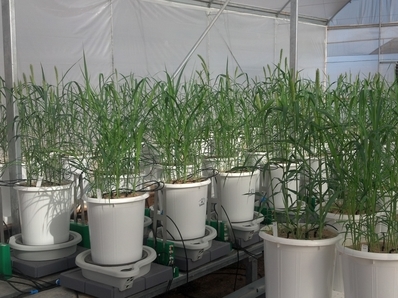
Study objective: Test the hypothesis that wild barley ecotypes that have evolved in unstable precipitation environments will display a wider range of patterns of transpiration regulation compared to ecotypes from less variable environments. Study Results: Significant differences in transpiration, canopy stomatal conductance (Gsc) and plant weight (measured by Plantarray) were noticed between accessions. Accessions from […]
Genetic Variation of Drought Responses in Asparagus Beans
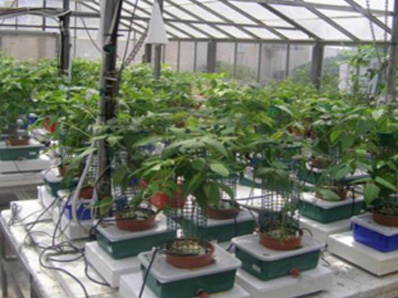
Study objective: Explore the genetic variation of drought responses in asparagus bean. Study Results: Apparent genotypic differences in transpiration patterns and the critical soil water threshold (measured by Plantarray) in relation to dehydration avoidance were observed, indicating a delicate adaptive mechanism for each genotype to its own climate. Published article: Natural variation and gene regulatory basis for the responses of asparagus […]
Citrus Physiological Response to enzyme expression in guard cells
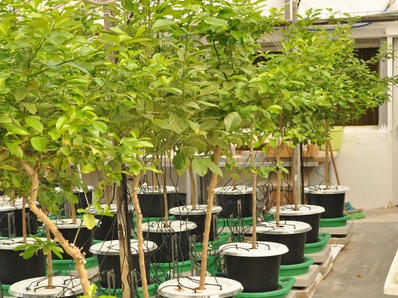
Study objective: examine the role of HXK in the control of the stomatal movement of perennial plants. Study Results: The expression of AtHXK1 in the guard cells of citrus reduced stomatal conductance and transpiration (measured by Plantarray) with no negative effect on the rate of photosynthesis, leading to increased water-use efficiency. The results suggest that HXK coordinates photosynthesis and transpiration and stimulates stomatal […]
Tolerance of Wheat Varieties to Transient Drought
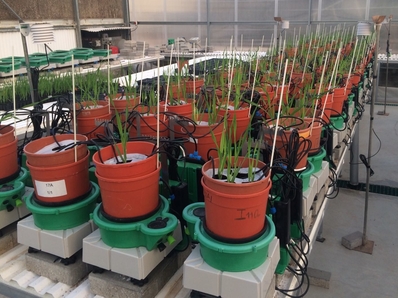
Study objective: Investigation of the physiological and metabolic response of six commercial wheat cultivars to transient water stress at the tillering and grain-filling stages. Study results: The tillering stage in wheat is more sensitive to droughts than the grain filling stage. The former stage was characterized by pronounced metabolic alterations also during recovery from the […]
Wild Barley Genetic Variation Involved in Adaptation
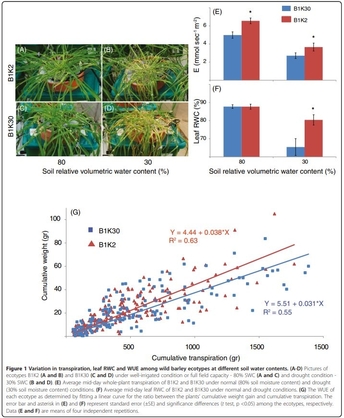
Study objective: Transcriptome sequencing of differentially adapted wild barley ecotypes from contrasting environments contributes to the identification of genes and genetic variation involved in abiotic stress tolerance and adaptation. Study Results: The desert ecotype lost more water under both irrigation and drought, but exhibited higher relative water content (RWC) and better water use efficiency (WUE, measured by Plantarray) […]
Growth and Physiological Responses of Poplars to Drought
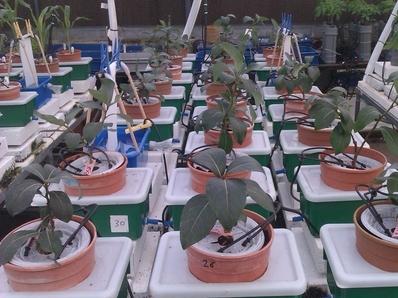
Study objective: Poplar genotypes were studied to assess the physiological basis for biomass accumulation and water-use efficiency across a range of water availabilities. Study Results: Under ample water, whole plant stomatal conductance (gs), transpiration (E), and growth rates (measured by Plantarray) were higher in anisohydric genotypes (SI and BSxSI) than in isohydric poplars (BS). Under drought, all genotypes regulated the leaf […]
Drought Stress Response Molecular Mechanisms of Pines
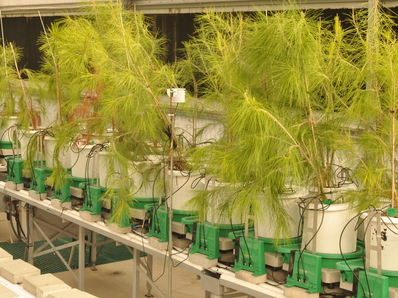
Study objective: Decipher the molecular mechanisms that P. halepensis uses to withstand drought. Study Results: Physiological response to drought stress and recovery was monitored mainly by measuring E and Gsc (measured by Plantarray). Recovery from drought-induced strong transcription of retrotransposons, especially the retrovirus-related transposon Tnt1-94. The drought-related transcriptome illustrates this species’ dynamic response to drought and recovery and unravels novel […]
Biostimulants Effect on Pepper Plant Performance
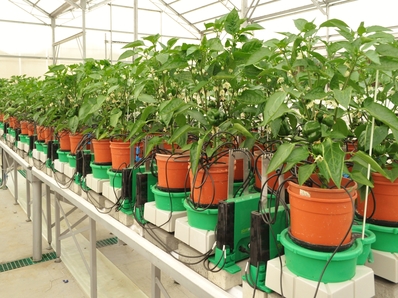
Study objectives: Two biostimulants were tested, along with a normal nutrition control treatment, in order to determine the effect on sweet pepper (Capsicum annuum) plant growth, water use efficiency, drought tolerance and resilience. All plants, excluding control plants, were exposed to drought and recovery period, and their physiological response was measured. Study Results: One of the […]
Tomato Stomatal Closure Hormonal Regulation
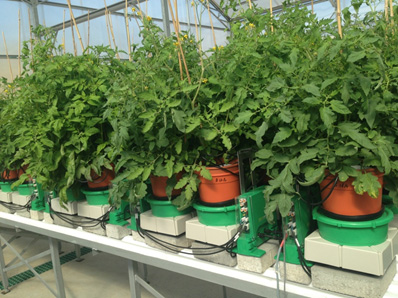
Study objective: Show the tomato (Solanum lycopersicum) DELLA protein PROCERA (PRO), a negative regulator of GA signaling, acts in guard cells to promote stomatal closure and reduce water loss in response to water deficiency by increasing abscisic acid (ABA) sensitivity. Study Results: The Tomato pro Mutant exhibits increased transpiration (measured by Plantarray). The results indicate that […]
